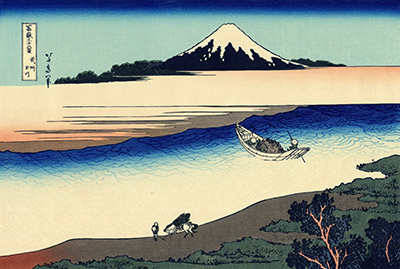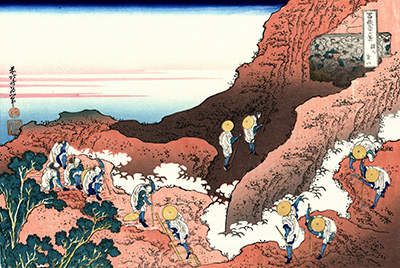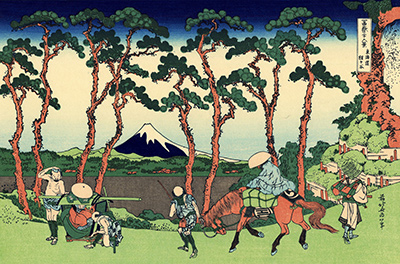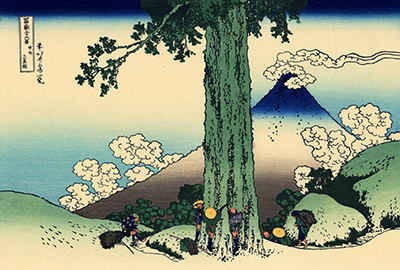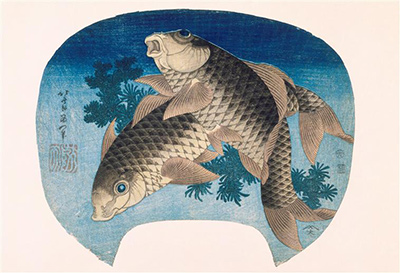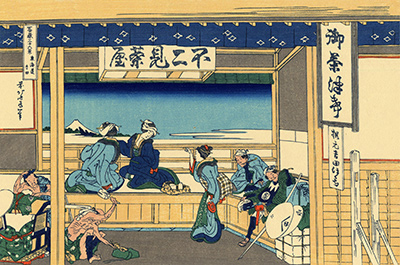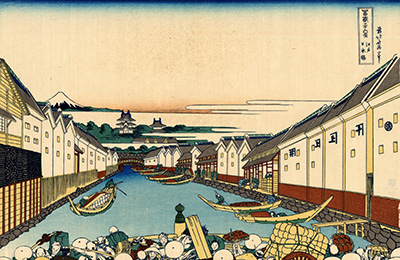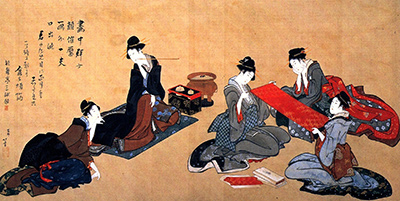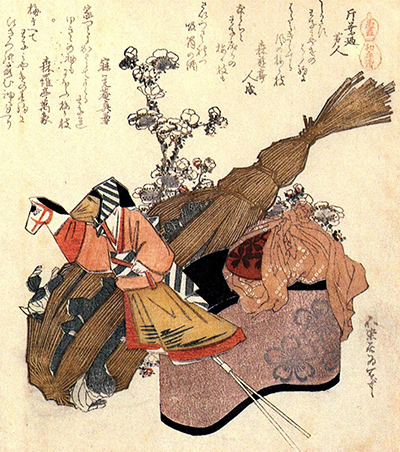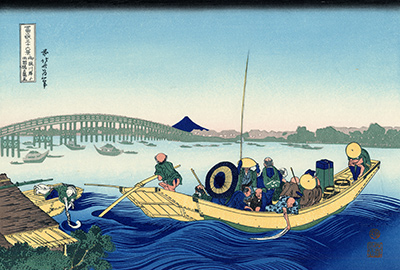Famous Japanese artwork often reflects the country’s rich cultural heritage. Engraved in its history, the artistic techniques used have continued to gain global recognition. The Hokusai’s woodblock prints is an example of this approach. Among these is The Tama River in Musashi Province, which depicts unique arts of the past. Like its affiliate, the Hokusahi’s […]
Category Archives: Hokusai
Standing at 3776 meters high Mount Fuji is a breathtaking sight. The mountain is so attractive that you can just view it from afar and still feel some connection. It is so prominent and significant to the Japanese people culture and religion. The Fuji mountain is divided into 10 stations for climbers. The tenth station […]
Katsushika Hokusai is most renowned for his Mount Fuji series of works – with The Great Wave off Kanagawa being his most iconic piece. This study, Hodogaya on the Tokaido, is one of 36 pieces in the series produced by the artist and one of two impressions of the scene. In this work Hokusai presents […]
Mishima Pass in Kai Province or Kōshū Mishima goe, is one of the amazing prints from Katsushika Hokusai’s famous series Thirty-six Views of Mount Fuji also known as Fugaku sanjūrokkei. Hokusai was born in 1670 in Japan, Edo district and died in 1849 and was buried in Seikyō-ji in Tokyo (Taito Ward). The print Mishima […]
Two Carps is an example of Hokusai’s transition from the traditional kabuki, courtesans, and wrestlers of the early Ukiyo-e style, to works focusing on scenes of nature, of which Hokusai is most famous. Hokusai’s Two Carps, a colour woodblock painting on paper, depicts two koi swimming in different directions on a blue background. Two Carps […]
Yoshida on the Tōkaidō or Tōkaidō Yoshida, is one of Katsushika Hokusai’s paintings from the series Thirty-six Views of Mount Fuji also called Fugaku sanjūrokkei and has been tagged in the group-portraits in most exhibitions. The Japanese artist was born on October 1760 in the Tokyo, Edo District and died on May 1849. The artistic […]
Nihonbashi Bridge in Edo is a woodblock print in ink and colour on paper. It was produced between 1830-1832 and is 10inches tall by 14.5 inches wide. It depicts a landscape image of the central district of Edo and the Nihonbashi Bridge. The composition is interesting in that the image appears to be cropped and […]
The Japanese ukiyo-e print, Portrait of Chino Hyogo Seated at his Writing Desk, was made by the famous exponent of polychrome woodblock prints, Katsushika Hokusai, and is normally kept at the Tokyo Fuji Art Museum in Japan. The ukiyo-e print was popular in the nineteenth century with ukiyo-e meaning something like images of the floating world. In […]
A Hand Puppet, A Straw Container And A Sake Cup is a delicately imagined still life painting by the Japanese artist Hokusai, who lived in Edo (now known as Tokyo) in the eighteenth and nineteenth centuries. This work of art depicts the three items described in the title, and it is executed using oil paints […]
Sunset across the Ryogoku bridge from the bank of the Sumida River (1830) is a woodblock colour print genre painting created by Japanese artist Katsushika Hosukai (1760-1849). This particular painting is the twelfth view in his most famous work, the woodblock colour print collection entitled “Thirty-six Views of Mount Fiji”. Hosukai only started this collection […]
